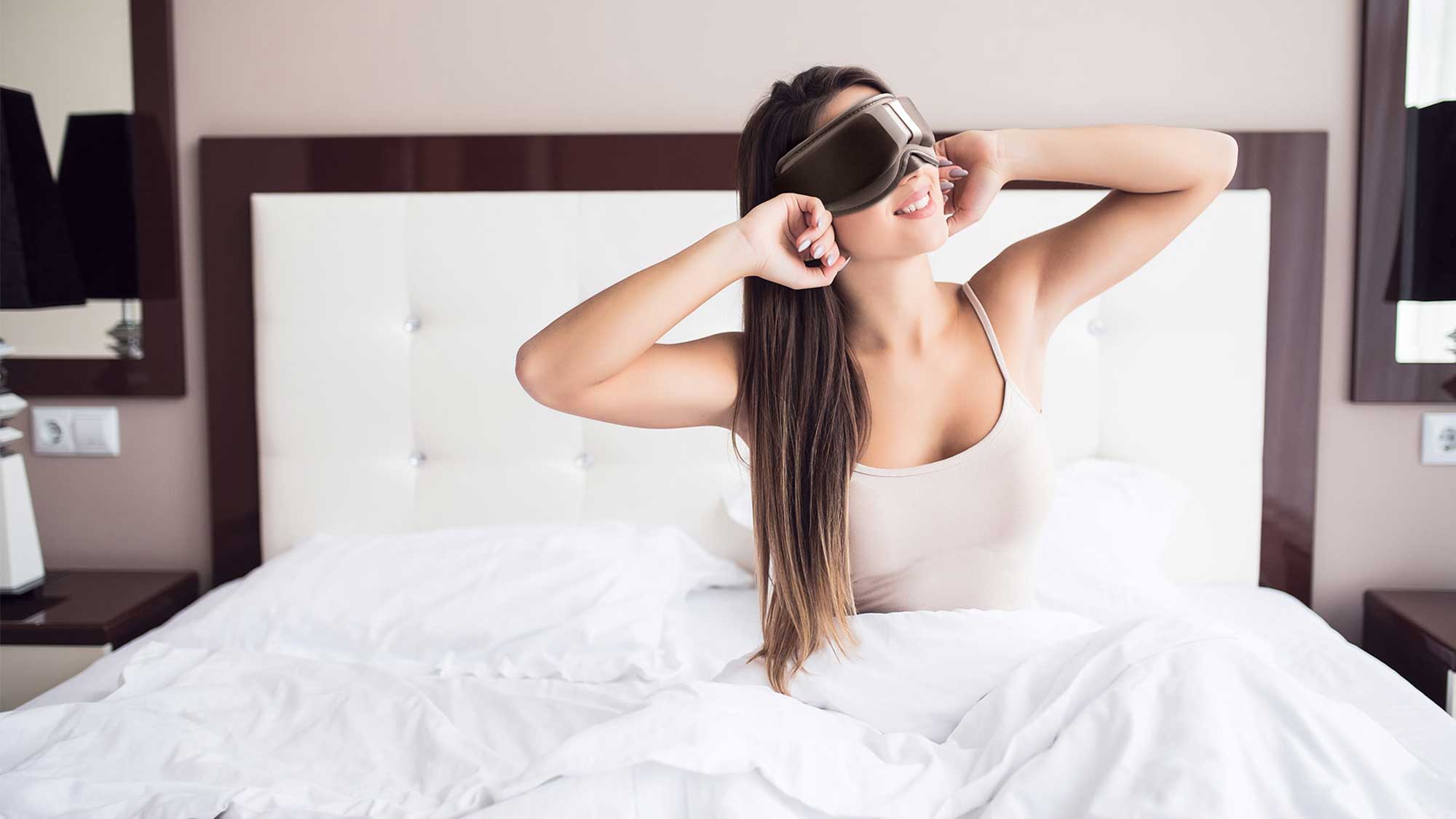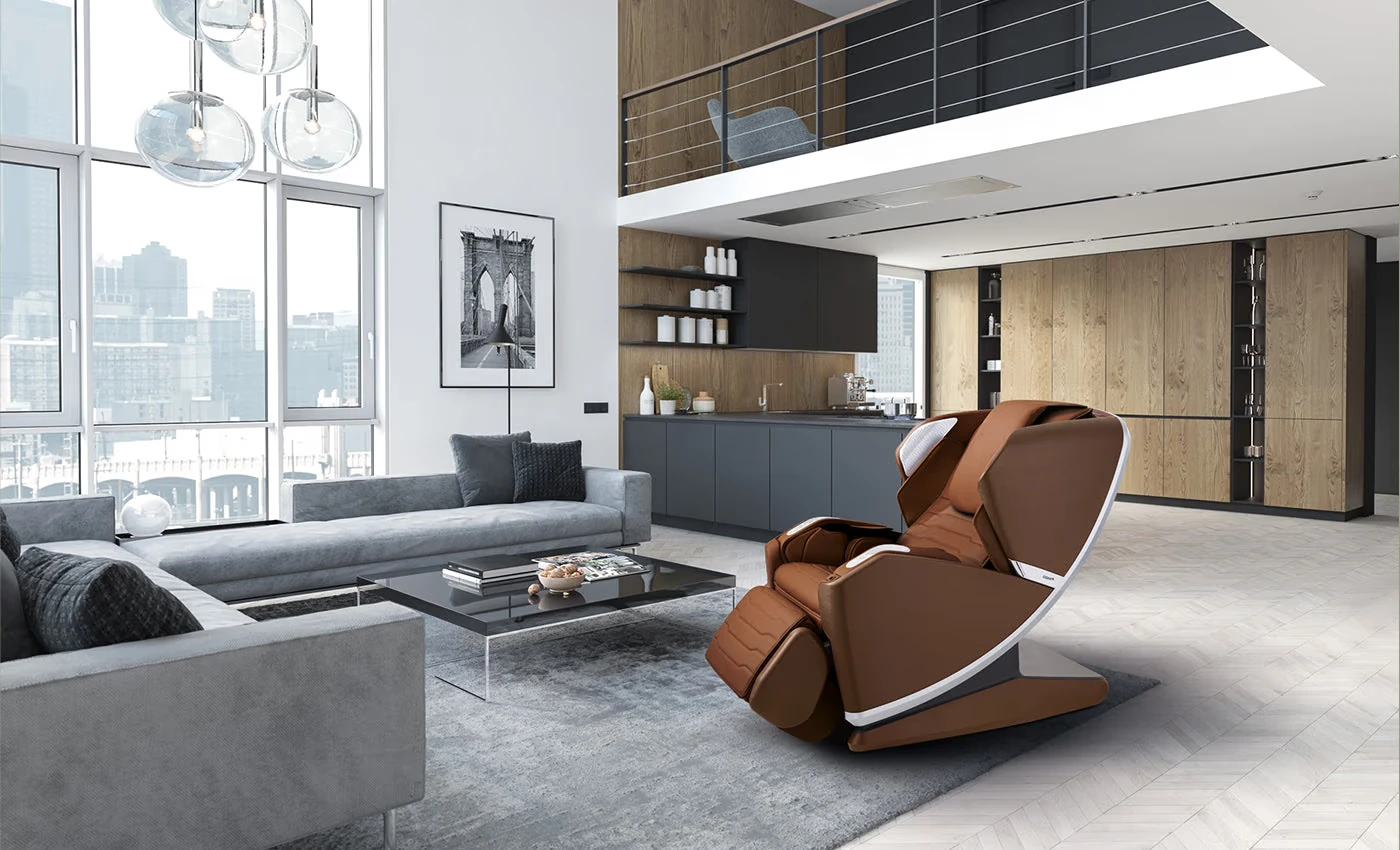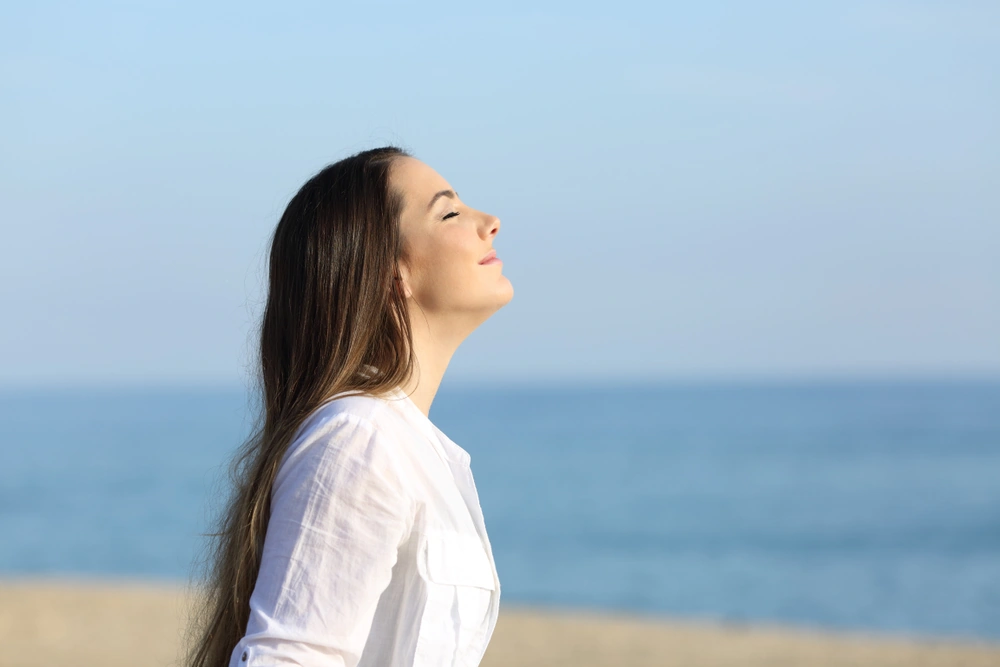[et_pb_section fb_built=”1″ _builder_version=”4.6.5″ _module_preset=”default” custom_padding=”0px||0px||true|false” hover_enabled=”0″ sticky_enabled=”0″][et_pb_row _builder_version=”4.6.5″ _module_preset=”default”][et_pb_column _builder_version=”4.6.5″ _module_preset=”default” type=”4_4″][et_pb_text _builder_version=”4.6.5″ _module_preset=”default” hover_enabled=”0″ sticky_enabled=”0″]
Eye and ear health have vied for attention for over a century. The modern world is a place with a lot of bright lights and loud sounds. Your brain does what it can to take in, filter, and process everything, but doing so takes its toll.
The best way to combat all this information overload isn’t to avoid the world altogether, after all, your work life and home life both require more engagement than a sensory deprivation chamber. Instead, work on learning techniques on how to relax your eyes in intervals.
Every major health organisation offers tips and advice to limit strain and recharge your assets. The NHS has a broadsheet on ways to limit the factors that cause the most harm to vision. These tips reflect caution about avoiding damage, not so much strain.
To learn more about taking short breaks to restore function, keep reading.
How to Relax Eyes at Home
Much like the tips for avoiding direct damage, learning to avoid overloading yourself is a good first measure. Whenever possible, just take a moment to not use your eyes if you don’t need to. This includes turning off unnecessary lights (a good power saver) and closing your eyes when listening is enough.
Be careful, you might think listening skills are enough in a conversation, but people expect a certain amount of eye-contact. Don’t strain your relationships to save your eyes.
Outside of prevention, here are a set of tips for restoring your eyes to a more rested, fully functional position and the reasoning behind each technique.
Eye Massage
Your eyes, like the rest of your body, benefit from a little stimulation to get the blood flowing. A gentle massage also clears detritus from the tear ducts and cleans up build up under the eyelids that can lead to irritation.
An eye massage works the areas around the eye as the organ itself shouldn’t be touched to avoid scratching or tearing of the cornea.
Wash your hands first, to avoid spreading disease into the moist membranes around the eye. Start with a light touch on the outside of your eyelids (while closed) and push gently up into the muscle at the eyebrow.
Then run your fingers along the temples and then under your eyes. This will stimulate the ducts, releasing more tears, and adding better lubrication for your eyes.
If you have eye cream or a moisturiser, these can be used to lower inflammation and restore elasticity. Of course, be careful not to get any substance into the eye.
Cold Compress
Remember that the eye is a muscle. Well, the macula around the eye is a muscle. This muscle gets strained from overuse, the wrong kind of use, and sustained positions just like any other muscle. If you have a cramp in your leg you apply some cold to reduce swelling and inflammation.
Don’t go too cold, the area is sensitive and ice should only be applied if you have sustained a blow to the area and need to temper tissue swelling. The goal is to refresh so a cloth soaked in cold water is plenty good.
Warm Compress
The next step in your tired eyes home remedies journey is obviously the warm compress. First you ice the area, then you warm it up. This tried and true process has been a staple of sports medicine for decades.
Again, the eyes are sensitive and you want to avoid scalding the area. Warm is key, not hot. If you boil water, add 1/3 more cold water to get to a comfortably warm temp. Though, your best bet is hot run tap water.
Eye Palming
A bit different than a massage, the concept behind eye palming is to use gentle pressure to shape the cornea. This is a quick and dirty version of what Ortho-K provides on a longer-term basis.
Cup your hands around the edge fo the eye and the socket. You want to create a bit of pressure but not so much it causes pain or vision blotches. Like any of our home remedies for eye strain, dialling in the right amount takes some practice.
After you’ve obtained the desired pressure, keep your eyes shut and focus on the darkness. You will see bits of light pulse through the darkness as your eyes focus on the dark. Once you see nothing but black, release the pressure.
You can do this for 30 seconds once or twice an hour to lubricate and shape your eye to reduce strain.
The 20-20-20 Rule
The most popular recommendation of ophthalmologists is the 20-20-20 rule. This technique works as a sort of eye reset. Every 20 minutes, take a break for 20 seconds and look at something 20 feet from your position.
This moves the muscle into a neutral position, relaxing your eyes and reducing the build-up of strain.
There is some contention in the eye-medicine world if this or the prevalence of blue-blocking lenses help more in reducing prolonged screen strain.
If you use screens for more than two hours a day, it pays to use some blue light filter to reduce overall strain but taking breaks to relax your eyes is key to avoiding long-term damage.
Blink More
This final tip seems a bit overly simple, but most of the time you do damage to yourself it’s because you avoid something obvious.
If you end the day feeling a lot of eye fatigue, try blinking intentionally every few minutes. Each time you move to a different task or open a page in a web browser, intentionally blink. This will keep your eye more naturally lubricated as staring at screens tends to reduce blinking frequency considerably.
Relax a Little
The easiest way to learn how to relax eyes is to learn how to relax overall. A few minutes of break every hour or so do wonders to keep your body limber and to avoid the prolonged strain that leads to further problems.
Taking a break is hard in a modern world where on the go is the rallying cry. Building yourself a relaxation point is a good way to engage with the activity actively. Contact us for more information about relaxation products and services.
[/et_pb_text][/et_pb_column][/et_pb_row][/et_pb_section]




